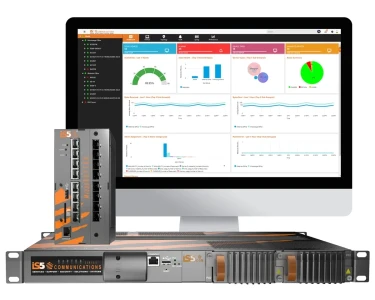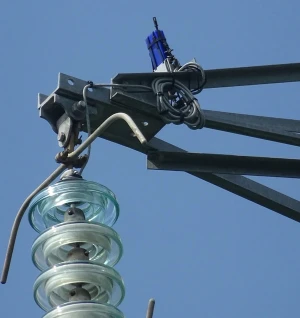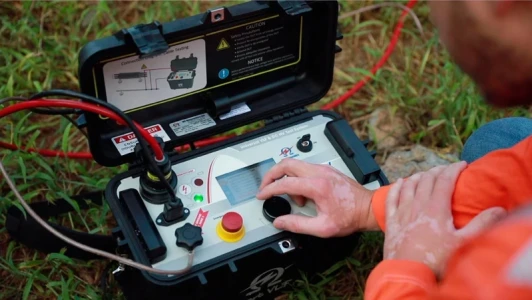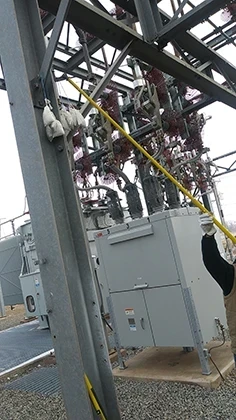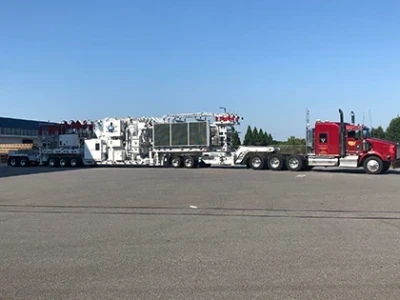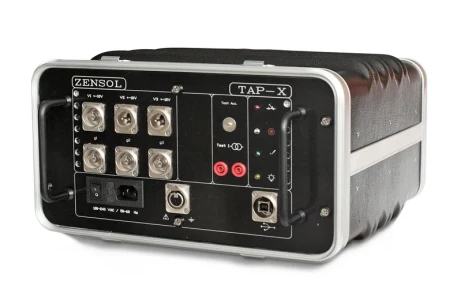Reducing Nuisance Alarm Rates from On-Site Security Systems
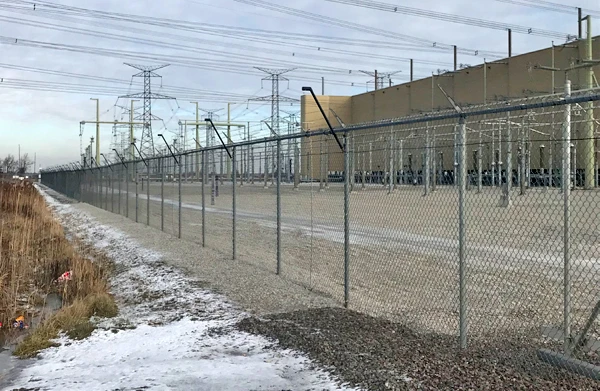
The physical security of electrical generation, transmission, and distribution sites is critical. The potential risks of a security failure are clear: disruption to service, damage to equipment, and intruder fatalities.
To prevent costly incidents and meet the National Electrical Reliability Commission’s Critical Infrastructure Protection regulations (NERC CIP-014), electrical utilities need reliable, cost-effective physical security solutions. For these solutions to be a success, they must:
- Reliably detect and deter would-be intruders.
- Enhance intrusion assessment and response capabilities.
- Secure remote and unmanned sites.
- Avoid operator fatigue by minimizing nuisance alarms.
This article focuses on the final requirement, minimizing nuisance alarms through proper site management and the adoption of new security technologies, including perimeter intrusion detection sensors, video analytics, and sensor fusion technology.
Nuisance Alarms Lead to Complacency
Nuisance alarms are alarms that are generated when the site’s security system is functioning correctly but is being triggered by non-threat stimuli, which may include wind or other severe weather, nearby human or animal activity, or wind-induced vegetation movement. For operators, even a relatively low nuisance alarm rate (NAR) can lead to problems:
Complacency from security operators, characterized by slower response times, general system distrust, or by missing real alarms overlooked in the digital clutter.
Costs associated with remote sites whose limited connectivity may reduce the effectiveness of remote assessment tools.
Increased maintenance costs for ongoing repair and calibration.
Security Starts the Perimeter
At most sites, a well-maintained security fence provides the first line of defense, typically at least eight feet in height, and made of heavy gauge chain link or welded mesh fabric. Unfortunately, most fences can only keep out casual or opportunistic intruders – a determined intruder can cut, climb, lift, or otherwise bypass the fence in seconds.
Adding a perimeter intrusion detection system (PIDS) augments the effectiveness of the existing fence by providing valuable detection capabilities. Connected to the site’s alarm systems, PIDS can notify off-site security personnel of the intrusion and engage automated deterrence mechanisms such as the strobing of lights at the fence line, increased illumination of the overall site, or using public address systems to provide audible warnings. Regardless of deterrence mechanism, the goals are the same: dissuade or at least slow down the intruder to provide valuable time for remote security personnel to assess the situation and take appropriate action.
Read full article in the Electrical Substations Special Edition 2021


